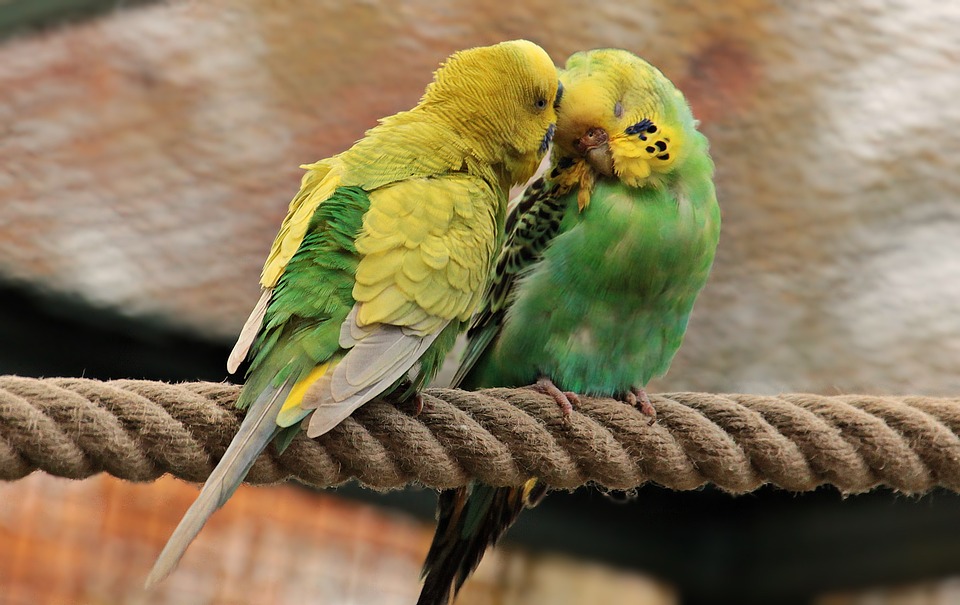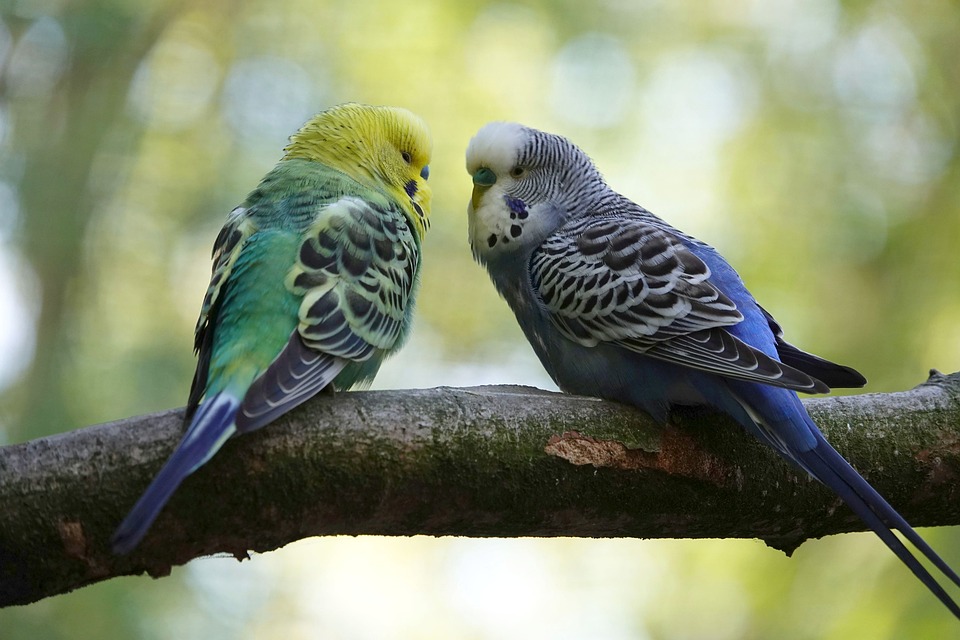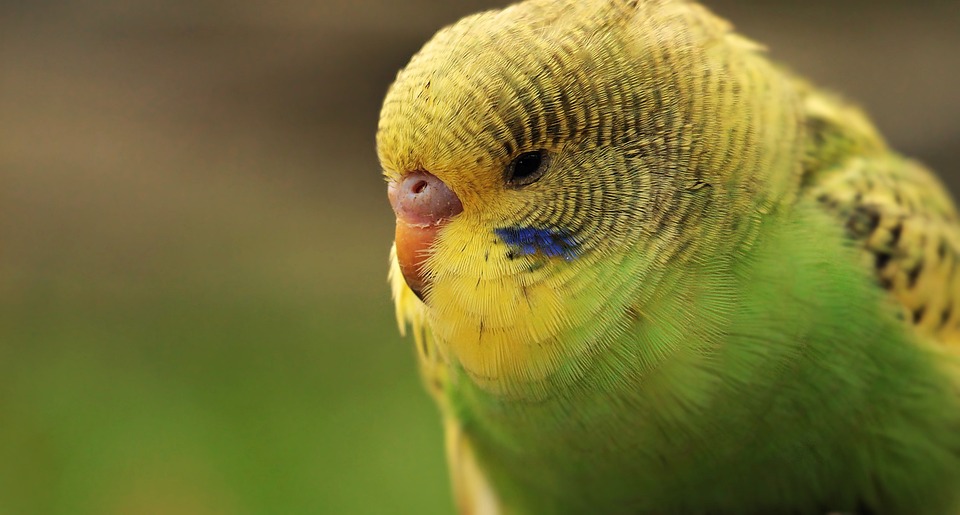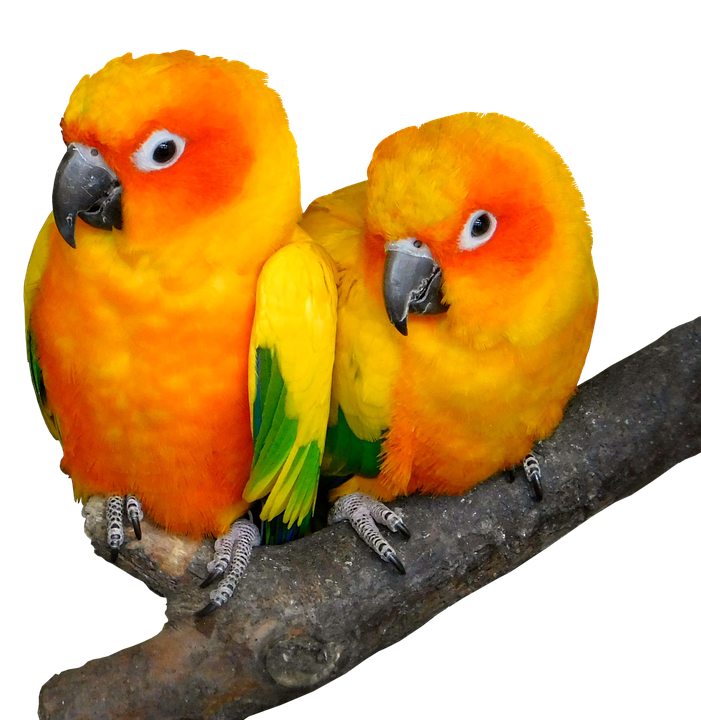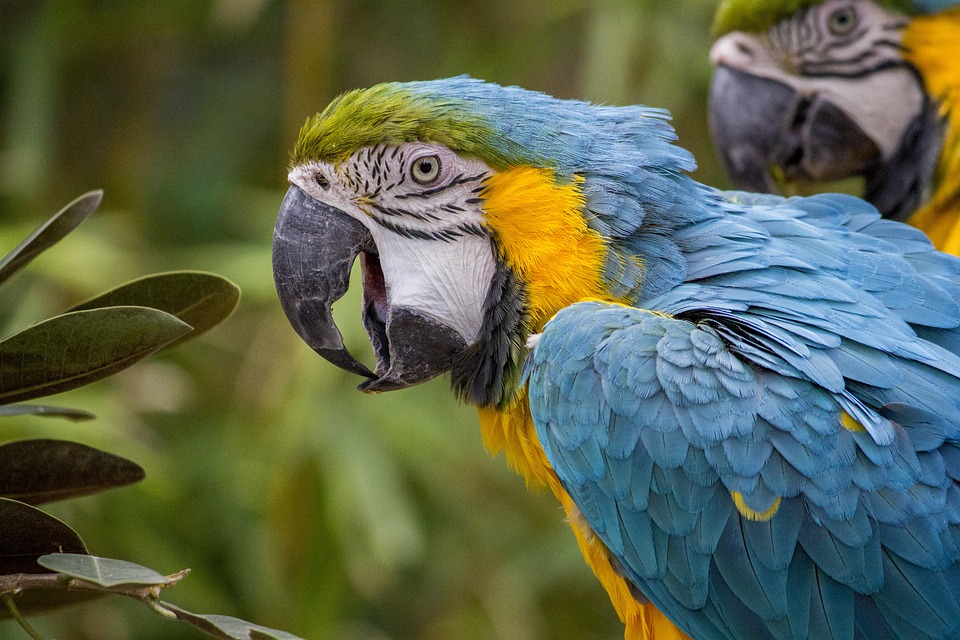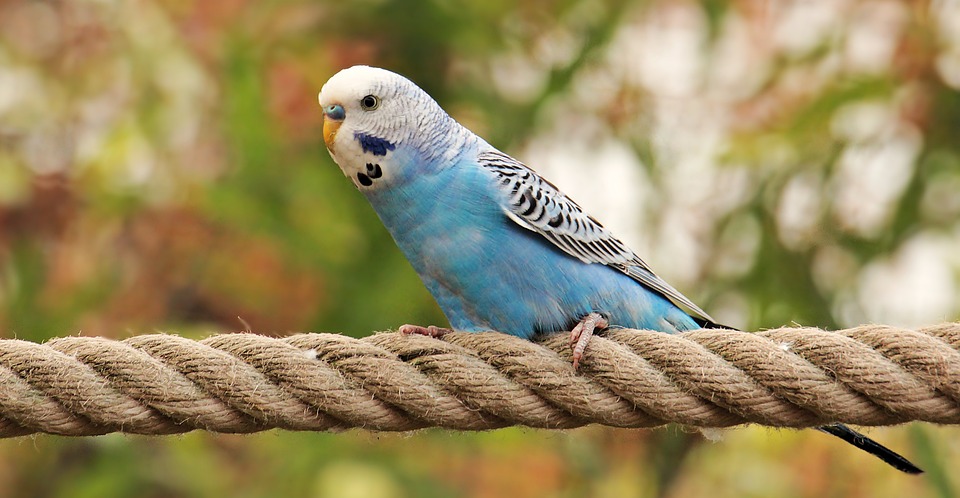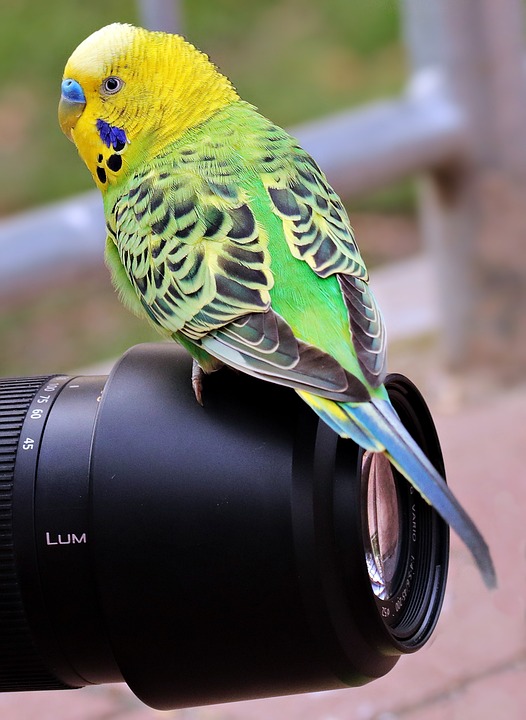Encouraging Flight Exercise for Flighted Parrots: A Guide
As a parrot owner, it is crucial to provide your feathered friend with ample opportunities for flight exercise. Flight is not only a natural behavior for parrots but also a vital aspect of their physical and mental well-being. In this article, we will explore various methods to encourage flight exercise for flighted parrots, understanding their behavior and needs. Additionally, we will answer some frequently asked questions to help you create a stimulating environment for your avian companion.
Understanding Flight Behavior in Parrots
Before delving into ways to encourage flight exercise, it is important to understand the natural flight behavior of parrots. In the wild, parrots have the capability to fly long distances, reaching high speeds and heights. Flight enables them to explore their environment, locate food sources, and interact with other birds, promoting their overall health and happiness.
Creating a Safe Environment for Flight
To encourage flight exercise, it is essential to create a safe environment within your home. Here are some key steps to follow:
1. Remove Hazards: Ensure that your home is free from potential hazards such as open windows, ceiling fans, and poisonous plants. Parrots need unobstructed flight paths to prevent accidents.
2. Secure Doors and Windows: When allowing your parrot to fly indoors, make sure all doors and windows are securely closed to prevent accidental escapes. Even well-trained parrots may become startled and fly off.
3. Parrot-Proof the Area: Remove any fragile or valuable items from the flight zone to avoid accidents. Cover mirrors or glass surfaces to prevent collisions.
4. Consider Flight Harness Training: If you are unable to fully secure your home or live in a high-rise apartment, consider flight harness training. This allows your parrot to experience controlled outdoor flights safely.
Encouraging Flight Exercise Indoors
While outdoor flight is ideal, it may not always be possible. Here are some methods to encourage flight exercise indoors:
1. Choose the Right Cage: Provide your parrot with a spacious cage that allows for unrestricted wing flapping. A large cage with horizontal dimensions provides more flight opportunities compared to tall, narrow cages.
2. Offer Perches at Varying Heights: Place perches at different heights within the cage to simulate different flight levels. This encourages your parrot to move around, exercise its wings, and maintain balance.
3. Utilize Flight Stands: Set up flight stands or play gyms outside the cage to give your parrot additional space for short flights. These stands should be sturdy, safe, and placed away from potential hazards.
4. Use Interactive Toys: Incorporate interactive toys that promote flight, such as hanging swings, ladders, or birdie basketball hoops. These toys encourage your parrot to fly between different play areas, fostering exercise and mental stimulation.
5. Training and Targeting: Teach your parrot simple flight commands like “come” or “go” using positive reinforcement techniques. Target training with a clicker can help redirect your parrot’s flight to specific designated areas.
Frequently Asked Questions (FAQs)
1. Can flighted parrots be housed in cages?
Yes, flighted parrots can be housed in cages. However, it is crucial to provide them with ample flight opportunities outside the cage for their physical and mental well-being.
2. How long should I allow my parrot to fly each day?
The duration of flight exercise depends on your parrot’s age, health, and individual needs. On average, aim for at least one to two hours of flight exercise spread throughout the day.
3. What if my parrot refuses to fly?
If your parrot shows reluctance to fly, consult with an avian veterinarian to rule out any underlying health issues. Additionally, ensure that your parrot feels safe and secure in its environment, gradually introducing flight opportunities.
4. Can flighted parrots be trained to wear flight harnesses?
Yes, flighted parrots can be trained to wear flight harnesses. Harness training requires patience, positive reinforcement, and gradual desensitization to the harness. Seek guidance from an experienced trainer to ensure a safe and comfortable experience for your parrot.
Remember, flight exercise is essential for flighted parrots to maintain their physical health, mental stimulation, and overall well-being. By creating a safe environment and providing various opportunities for flight, you can ensure a happy and fulfilled life for your feathered friend.


